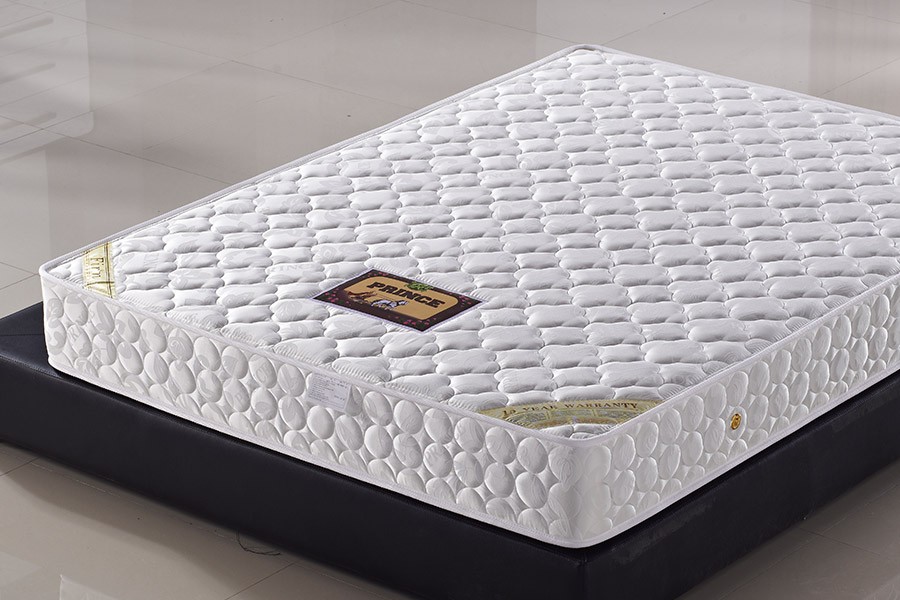When it comes to dining room lighting, it's important to consider the color temperature of your bulbs. This refers to the warmth or coolness of the light emitted and can greatly affect the overall ambiance and mood of the room. With so many options available, it can be overwhelming to choose the right color temperature for your dining room. In this article, we will explore the top 10 main color temperatures for dining rooms to help you make the best decision for your space.Color temperature for dining room
The lighting in your dining room is not just for practical purposes, it also plays a crucial role in setting the tone for meals and gatherings. The right lighting can create a warm and inviting atmosphere, making your dining room a place where people want to gather and linger. With the right color temperature, you can enhance the aesthetics of your dining room and make it a more enjoyable place to dine and entertain.Dining room lighting
Before we dive into the different color temperatures, it's important to understand the difference between warm and cool lighting. Warm lighting has a yellow or orange hue, similar to the color of candlelight. It creates a cozy and intimate atmosphere, perfect for dinner parties and gatherings. Cool lighting, on the other hand, has a blue or white hue and is often associated with a more modern and crisp feel.Warm vs cool lighting
Now that you understand the difference between warm and cool lighting, it's time to choose the right color temperature for your dining room. Neutral white (3500K-4100K) is a popular option as it provides a balance between warm and cool. This color temperature is ideal for everyday use and can create a welcoming and versatile atmosphere. For a warmer and cozier feel, opt for soft white (2700K-3000K). This is similar to the color of incandescent bulbs and is perfect for creating a relaxed and intimate ambiance. On the other hand, for a cooler and more modern feel, choose daylight (5000K-6500K). This color temperature is often used in offices and commercial spaces, but can also work well in a dining room for a brighter and more energetic atmosphere.Choosing the right color temperature
LED bulbs are a popular choice for dining room lighting as they are energy-efficient, long-lasting, and come in a variety of color temperatures. If you're looking for a warm and inviting atmosphere, choose LED bulbs with a color temperature of 2700K-3000K. For a more neutral and versatile option, go for 3500K-4100K. And for a cooler and more modern feel, opt for 5000K-6500K.LED bulbs for dining room
Dimmable lighting is another great option for dining rooms as it allows you to adjust the brightness and create different moods for different occasions. When choosing a color temperature for dimmable lighting, it's important to consider the maximum and minimum brightness levels. 2700K-3000K bulbs are a good choice for dimmable lighting as they can provide a warm and cozy atmosphere at their lowest setting and a brighter and more energetic feel at their highest setting.Dimmable lighting options
The color temperature you choose can greatly affect the ambiance of your dining room. For a romantic and intimate feel, opt for soft white (2700K-3000K). To create a bright and lively atmosphere, choose daylight (5000K-6500K). And for a more neutral and versatile option, go for neutral white (3500K-4100K). Think about the kind of ambiance you want to create in your dining room and choose the color temperature accordingly.Creating ambiance with color temperature
The best lighting for your dining room ultimately depends on your personal preferences and the overall style and atmosphere of your space. However, soft white (2700K-3000K) is a safe and popular choice for a warm and inviting atmosphere, while neutral white (3500K-4100K) is a versatile option that can work well in a variety of settings. For a modern and energetic feel, daylight (5000K-6500K) is the way to go.Best lighting for dining room
It's important to consider the mood you want to create in your dining room when choosing the color temperature for your lighting. Warmth and coolness are key factors in setting the tone and atmosphere of a room. For a cozy and intimate mood, opt for warm lighting with a color temperature of 2700K-3000K. To create a more modern and crisp feel, choose cool lighting with a color temperature of 5000K-6500K.Color temperature and mood
If you're looking for some inspiration and ideas for your dining room lighting, consider incorporating different color temperatures in different areas of the room. For example, you can use soft white (2700K-3000K) bulbs in your chandelier for a warm and inviting feel, while using daylight (5000K-6500K) bulbs in your accent lighting for a brighter and more energetic atmosphere. You can also use dimmable lighting to create different moods for different occasions. In conclusion, the color temperature of your dining room lighting plays a crucial role in setting the tone and ambiance of the room. Consider your personal preferences and the overall style of your space when choosing the right color temperature. With the top 10 main color temperatures for dining rooms in mind, you can create the perfect atmosphere for your meals and gatherings. Dining room lighting ideas
The Importance of Color Temperature in Dining Room Design

Creating the Perfect Ambiance for Your Dining Room
 When designing a dining room, many people focus on the furniture and decor, but one important aspect that often gets overlooked is
color temperature.
Color temperature refers to the warmth or coolness of a color, and it can greatly impact the overall look and feel of a room. In the dining room, the right color temperature can create the perfect ambiance for hosting meals and gatherings.
When designing a dining room, many people focus on the furniture and decor, but one important aspect that often gets overlooked is
color temperature.
Color temperature refers to the warmth or coolness of a color, and it can greatly impact the overall look and feel of a room. In the dining room, the right color temperature can create the perfect ambiance for hosting meals and gatherings.
Warm vs. Cool Colors
 Warm colors
such as red, orange, and yellow have a high color temperature and can create a cozy and inviting atmosphere in a dining room. These colors are often associated with food and can stimulate appetite, making them a great choice for a dining room. They also have a visually stimulating effect, making conversations and interactions more lively and engaging.
Cool colors
like blue, green, and purple have a lower color temperature and can create a more serene and relaxed ambiance in a dining room. These colors are often associated with nature and can promote a sense of calm and tranquility. They are also known to have a soothing effect, making them a great choice for a dining room where people gather to unwind and enjoy a meal.
Warm colors
such as red, orange, and yellow have a high color temperature and can create a cozy and inviting atmosphere in a dining room. These colors are often associated with food and can stimulate appetite, making them a great choice for a dining room. They also have a visually stimulating effect, making conversations and interactions more lively and engaging.
Cool colors
like blue, green, and purple have a lower color temperature and can create a more serene and relaxed ambiance in a dining room. These colors are often associated with nature and can promote a sense of calm and tranquility. They are also known to have a soothing effect, making them a great choice for a dining room where people gather to unwind and enjoy a meal.
Choosing the Right Color Temperature
 When deciding on the color temperature for your dining room, it is important to consider the overall mood and purpose of the space. If your dining room is primarily used for formal dinners and gatherings, warm colors may be more appropriate to create a lively and inviting atmosphere. If your dining room is a place for relaxation and casual meals, cool colors may be a better choice to promote a sense of calm and ease.
It is also essential to consider the natural light in your dining room.
Natural light
can greatly affect the color temperature of a room, so it is important to choose colors that complement the amount and direction of light in the space. A room with ample natural light may benefit from cool colors, while a room with limited natural light may require warmer colors to create a cozy and welcoming atmosphere.
When deciding on the color temperature for your dining room, it is important to consider the overall mood and purpose of the space. If your dining room is primarily used for formal dinners and gatherings, warm colors may be more appropriate to create a lively and inviting atmosphere. If your dining room is a place for relaxation and casual meals, cool colors may be a better choice to promote a sense of calm and ease.
It is also essential to consider the natural light in your dining room.
Natural light
can greatly affect the color temperature of a room, so it is important to choose colors that complement the amount and direction of light in the space. A room with ample natural light may benefit from cool colors, while a room with limited natural light may require warmer colors to create a cozy and welcoming atmosphere.
Final Thoughts
 When it comes to dining room design, color temperature plays a crucial role in setting the right mood and creating the perfect ambiance for your space. By understanding the impact of color temperature and considering factors such as natural light and the purpose of the room, you can choose the perfect color palette to make your dining room a warm and inviting space for all your gatherings and meals.
When it comes to dining room design, color temperature plays a crucial role in setting the right mood and creating the perfect ambiance for your space. By understanding the impact of color temperature and considering factors such as natural light and the purpose of the room, you can choose the perfect color palette to make your dining room a warm and inviting space for all your gatherings and meals.







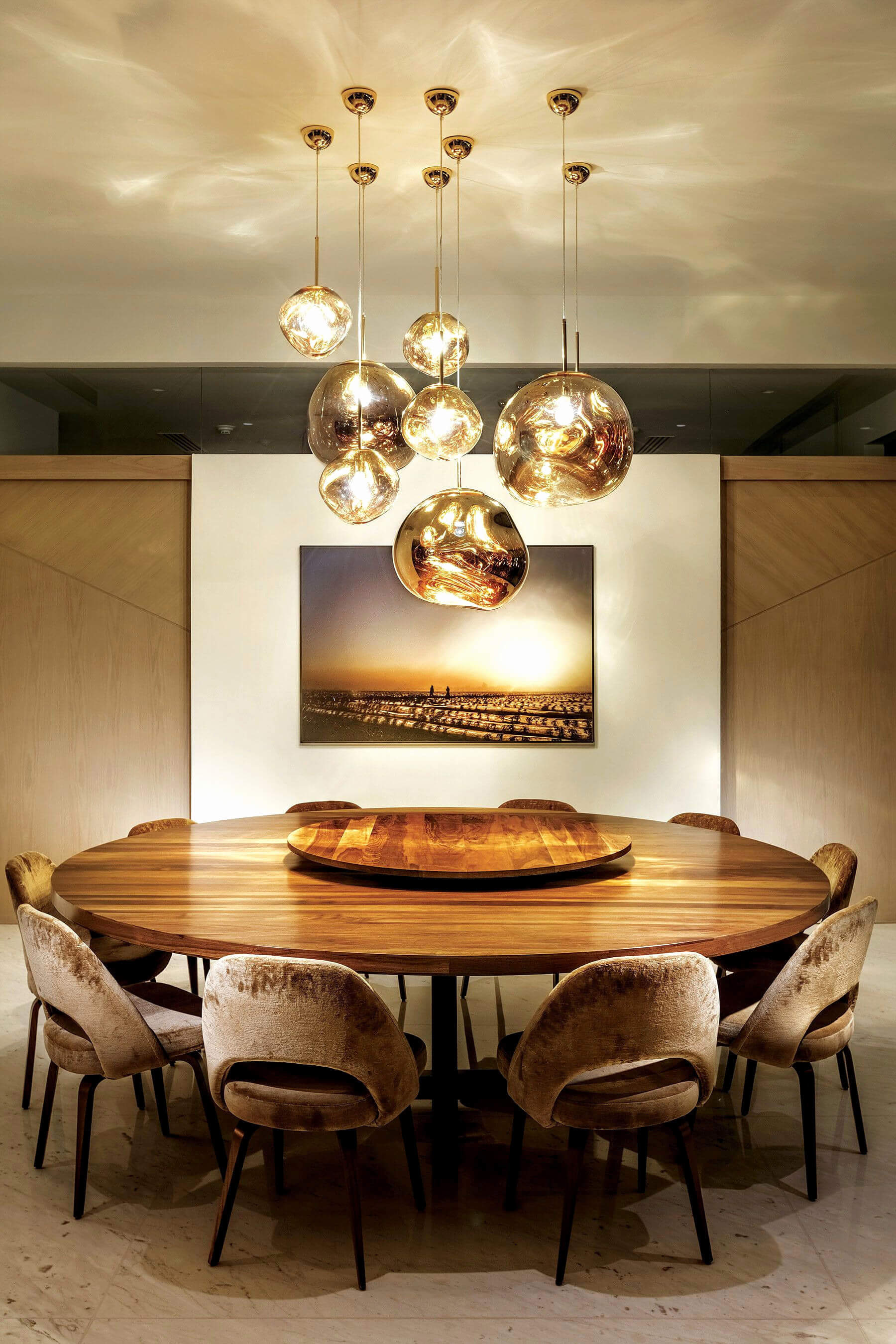




















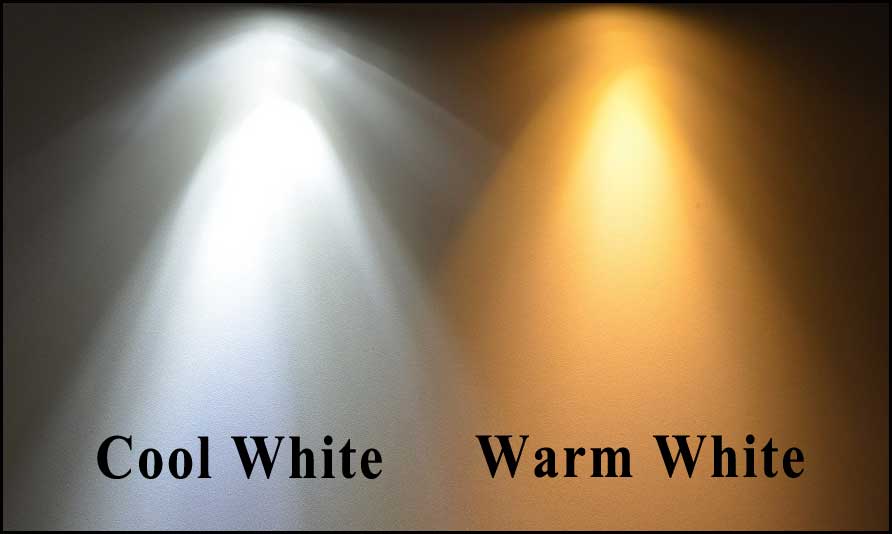



.png)










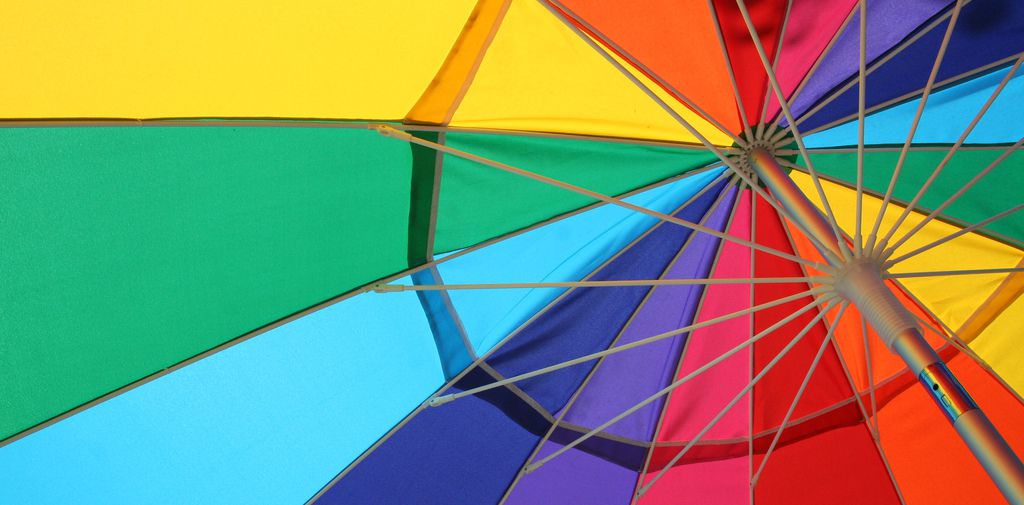















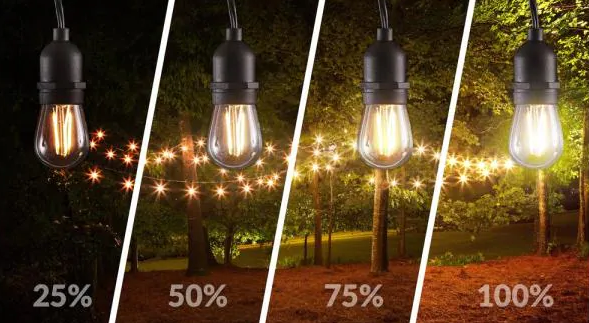

.jpg)














/dining-room-lighting-4157465-hero-28e9226fa7fb4f7e9f86a062ff22111c.jpg)






















